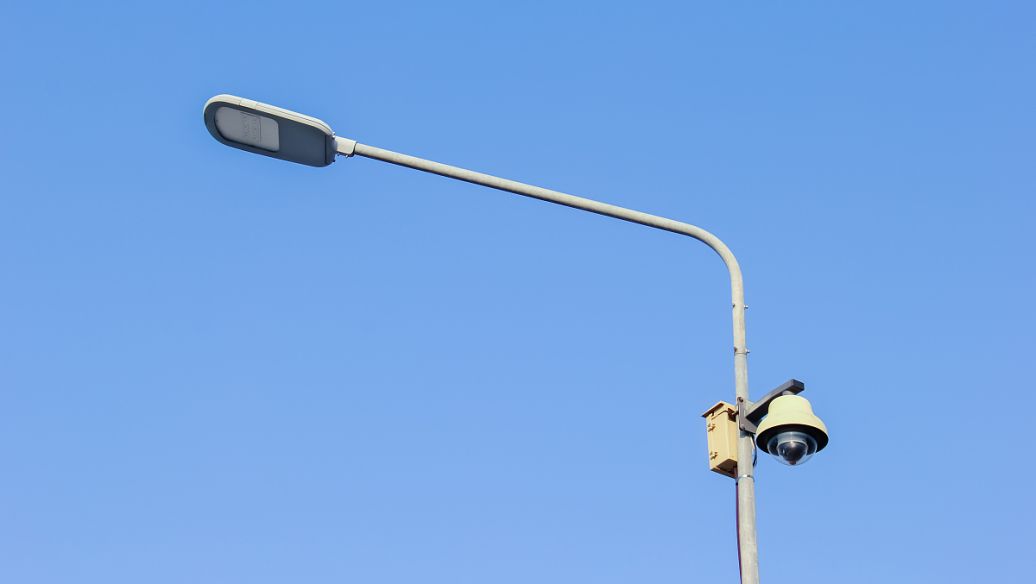time:2021-11-26 Views:20
The lighting installation power of the two should be compared on the premise of reaching the same illuminance (brightness) level and similar lighting quality standards. Because the high-power high-power tube (250~400W) of the high-pressure sodium lamp has high luminous efficiency, it can reach 130~1401m/W, while the luminous efficiency of the low-power tube (100~150W) is about 80~1001m/W, while the current high-power LED 1W LED tubes are mostly used in street lamps, and their luminous efficiency is similar, so it is advisable to analyze high-power street lamps and low-power street lamps separately.
(1) High-power (≥250W) street lamps: high-pressure sodium lamps have high lighting efficiency, considering three factors such as ballast loss, lamp efficiency and light channel utilization. If the overall efficiency is calculated as 0.55, the effective luminous efficiency of the sodium lamp is about 70~751m/W; and the effective luminous efficiency of LED street lights is currently about 621m/W in the United States, and the best domestic companies have reached 56~581m/W. Therefore, Guzhen Runjing Street Lamps feel that for high-power street lamps, LEDs currently have lower energy efficiency than sodium lamps.

(2) Low-power (≤150W) street lamps: the effective luminous efficiency of sodium lamps (included in the overall efficiency of 0.55) is about 45~551m/W, while the LED is still calculated at 56~581m/W, the LED can achieve energy saving 10 %~20%, up to 30%. From the above analysis, it can be seen that when used for branch circuits with low power (≤150W), LED street lamps can save energy by 10% to 30% compared with sodium lamps, while high-power is still inferior to the energy efficiency of sodium lamps. Therefore, the general claims that LED street lamps are more energy-efficient than high-pressure sodium lamps, and may even save 50%, 60%, are obviously exaggerated and hyped. We should adhere to the principle of scientific analysis and seeking truth from facts, otherwise it is easy to mislead users and the general public.